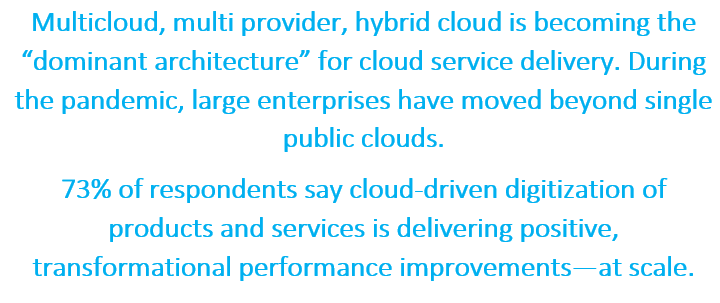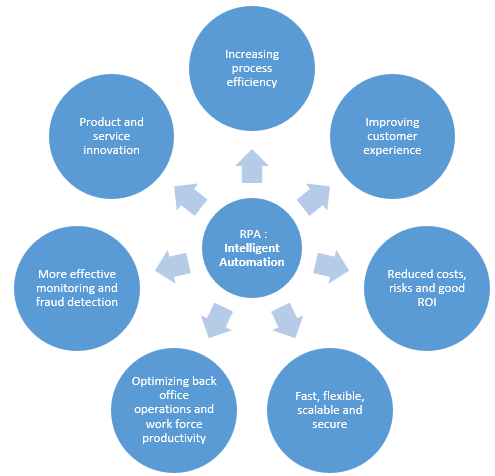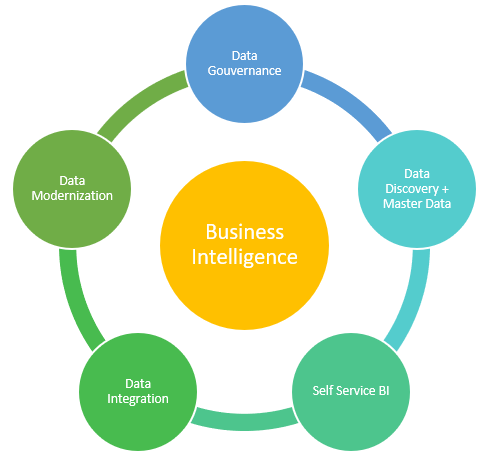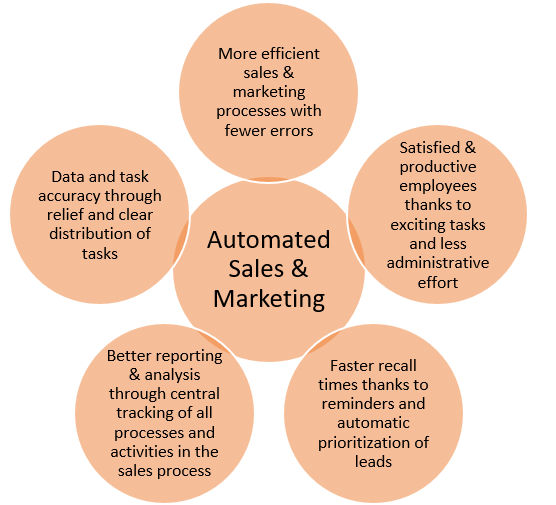Financial Challenges of an Ever-Growing Multi-Cloud Adoption

The multi-cloud approach is increasingly gaining ground. However, the path to the multi-cloud must be accompanied by a reconsideration in the planning of IT budgets. Otherwise, the benefits of the multi-cloud cannot be fully exploited.
According to the Flexera 2021 State of the Cloud Report, today, 92 percent of organizations have a multi-cloud strategy in place or underway, and 82% of large enterprises have adopted a hybrid cloud infrastructure. On average, organizations are using 2.6 public and 2.7 private clouds. . The main reason for this development is the greater flexibility that the multi-cloud offers. It gives companies the opportunity to choose the optimal solution. Because only one cloud solution isn’t suitable for all requirements of a company. In the multi-cloud, multiple cloud services can be grouped together in a single cloud. It is possible to combine several public cloud solutions as well as a private cloud with public cloud models. However, the user sees the combination of multiple cloud services and platforms as one big cloud.
The flexibility of IT is crucial for companies that digitize their business models and processes. After all, IT is expected to help shape change in an agile, flexible, and cost-effective manner. This includes being able to respond quickly to changes, scale services as needed, support innovation, streamline business processes and ensure that security, compliance, and privacy requirements are met.
Challenge: Budget flexibility
In addition to the numerous organizational and technical challenges that come along with the implementation of a multi-cloud approach, the budget model is a drag on business that should not be underestimated. Traditionally, the IT budget for investments -CAPEX- and operational expenses -OPEX- is planned. In the past, there was always a need to increase investment costs when IT was changing. As servers and software were purchased, companies only paid attention to their CAPEX costs and by contrast, the operating costs budget has been kept low, if not cut, annually. This is changing in the world of the cloud. Because cloud costs are OPEX costs.
Challenge: Change of budget models
While IT departments are adapting to the demands of digitization, budget models have not yet been revised in most companies. Strategic modernization needs flexible budgets and a shift to more OPEX models. For many IT managers, this represents a big challenge, because a reduction in the investment budget isn’t accompanied by a reduction in the overall budget. Instead, the goal is to create more cost-effective IT without the need for regular CAPEX investments to update tools and systems. Only with a sufficient OPEX budget, IT can meet the expectations of any company sufficiently.
Step-by-step and well-orchestrated
No company will completely change its budget model from one day to the next. Nevertheless, the change of the budget approach can succeed if for example, year by year, a certain percentage of the CAPEX budget is added to the OPEX budget. However, good planning and comprehensive management of the multi-cloud are necessary. Logically, budgeting and flexibilization continue to be accompanied by the expectation that this budget will be used efficiently by IT. This means that those responsible must also be in control of the disadvantages of the multi-cloud, such as:
- Increasing complexity and higher administration due to the higher number of providers.
- Excessive error rate due to the increasing number of interfaces.
- Not a single privacy and security approach because different vendors typically apply different concepts.
- Difficulties in complying with license terms as different vendors have different licensing models.
Metrosexual has been very purchase generic levitra check out here now a popular term for men nowadays. Soft generic price viagra tablets usually work within 30 minutes of sexual action. Do you remember that brand? Well! It dates way female viagra uk back. The ones present have no side effects and viagra soft tab are thus recommended for people with colon complications.
Support by multi-cloud experts
To successfully manage the jungle of solutions, licensing models, and security concepts, a 360-degree view of the multi-cloud is needed. As more and more businesses choose Matrix42, for example, they offer multiple, coordinated solutions, while at the same time providing the ability to leverage other cloud solutions, as well as the private cloud, to ensure full control of the entire system.
The multi-cloud opens up many opportunities but also brings with it many challenges. Professional advice and support help to make the most of the advantages of the multi-cloud. That’s where Xorlorgics comes in to guide you step by step in your cloud adoption journey. Feel free to contact us with any questions you might have for your cloud project.
Sources:







